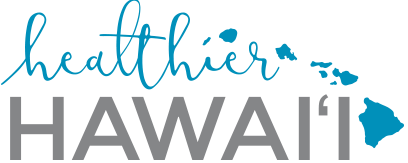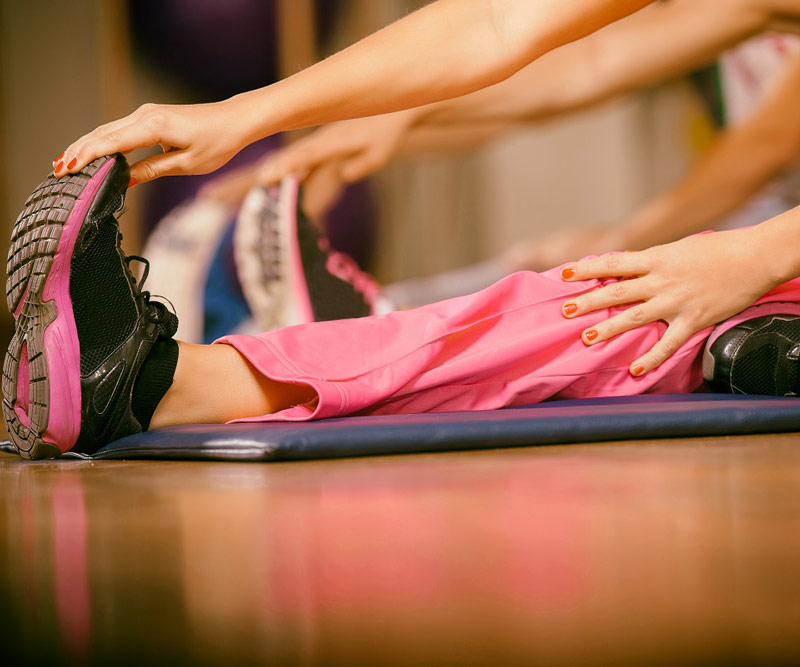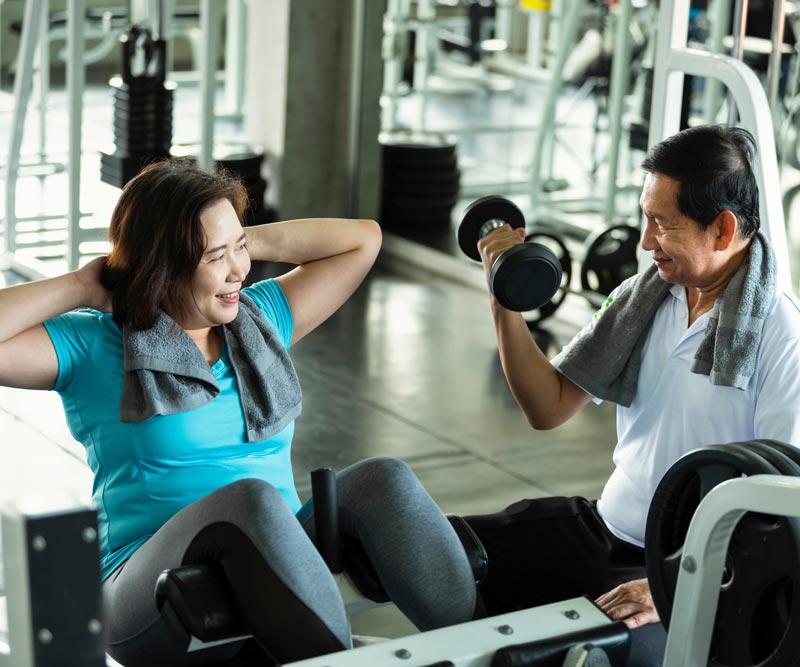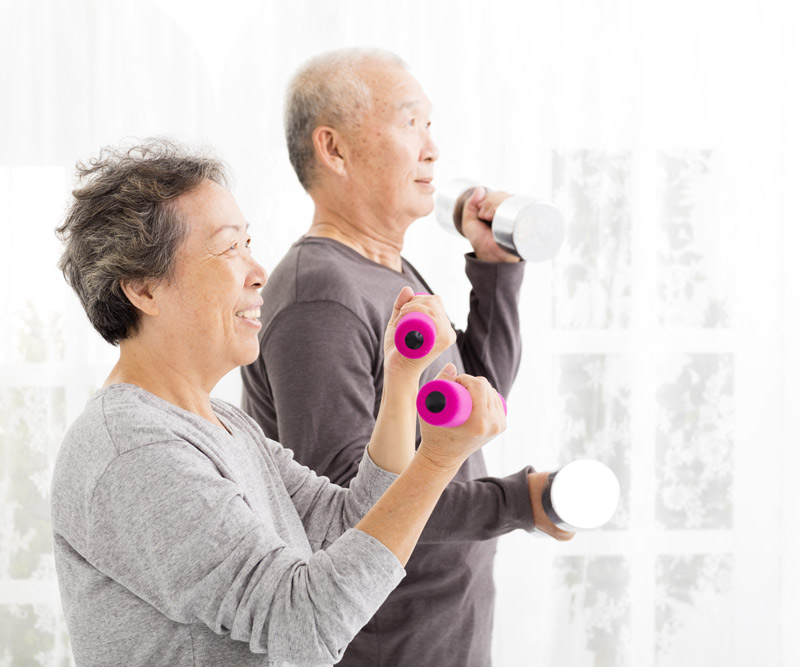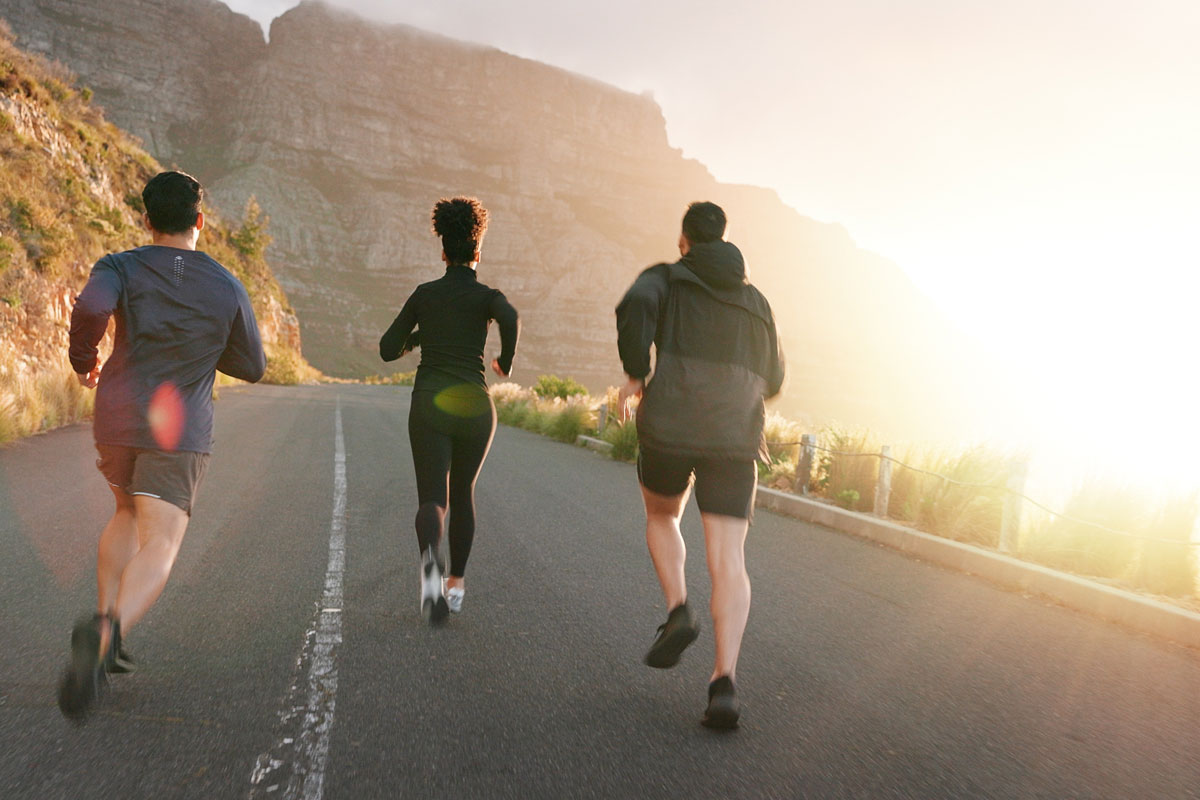
Could Exercise Be the Untapped Fountain of Youth?
The secret to staying young may be linked to how much you sweat.
Getting older is a natural part of life (it certainly beats the alternative), but there are parts of the aging process that are less than ideal.
However, research has found that exercise may help stave off many of the illnesses and chronic health conditions associated with age, including osteoporosis, high blood pressure and even memory loss.
The Benefits of Exercise
The benefits of regular exercise go on and on. Performing daily physical activity strengthens the heart, lowers blood pressure, improves blood flow, maintains and builds muscle mass, stimulates the bones, reduces body fat and is also good for your brain.
Experts stress time and again that everybody – no matter your age – needs to exercise, as a sedentary lifestyle has been linked as a main risk factor for many health problems.
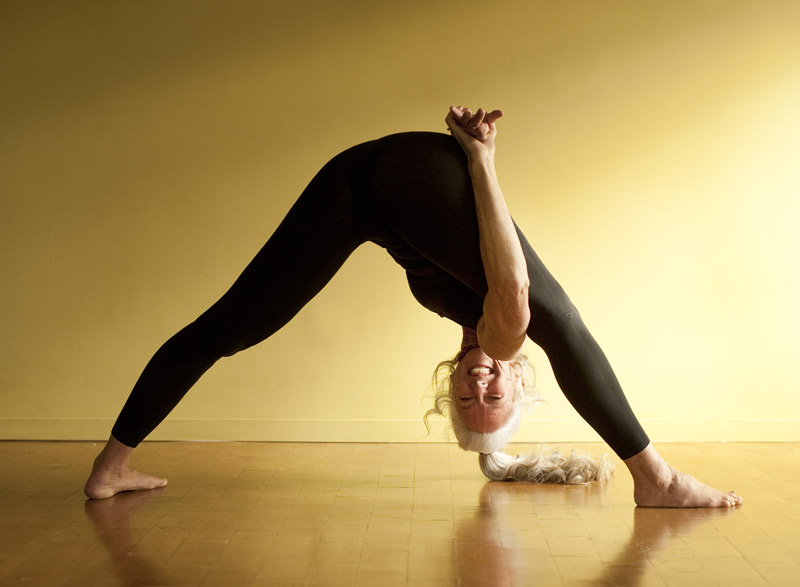
How to Get Active
Getting active doesn't need to be a workout in itself. Three key types of exercise to work into your daily routine include the following:
- Strength training – You can still increase your strength at any age, but first, you must stress the muscles beyond what they are used to. This can be done using your own body weight, rubber bands, free weights or machine weights.
One strength exercise that can be performed just about anywhere is a modified squat – stand up and sit down in a chair 10 times. When that becomes easy, do two sets!
- Aerobic exercise – This can involve anything that gets your heart rate up for an extended period of time. Walking is probably the easiest one for most people, but biking, swimming, jogging, hiking and tennis are all good options too.
- Balance training – Balance is a skill; you must practice it like any other skill to get better. The best way to test your balance is to stand on one foot for 20-30 seconds without touching anything. (Place a chair next to you for safety.) If you can't do it, keep practicing!
As a bonus exercise, be sure to get your stretch on! Flexibility is important because as we get older, our muscles become shorter and lose their elasticity. Stretching can help improve range of motion of the joints we need to use every day.
When to Avoid Certain Exercises
That being said, there are certain exercises to avoid if you have a pre-existing health condition.
People with osteoporosis should not do exercises that involve forward flexion – sit-ups, crunches, standing toe touches and some extreme yoga moves. Most compression fractures occur during forward flexion.
Most healthy adults can safely start a walking program and perform moderate exercise. However, talk with your primary care physician if you have any questions about your health, especially if you have any injuries or chronic conditions.
Other recommendations to stay safe when exercising include:
- Start slow, increase effort gradually and listen to your body.
- Stop if you feel sick, dizzy or acute pain.
- Warm up and warm down
- Drink water
And above all, do something you enjoy!
Published on: April 23, 2025

